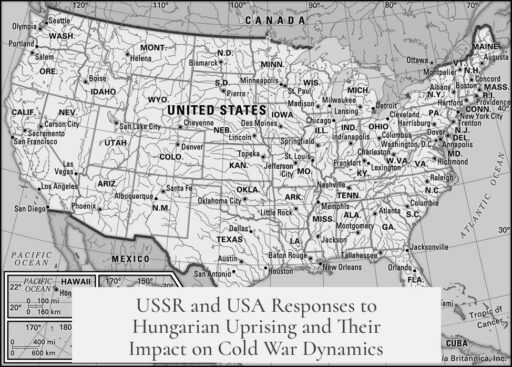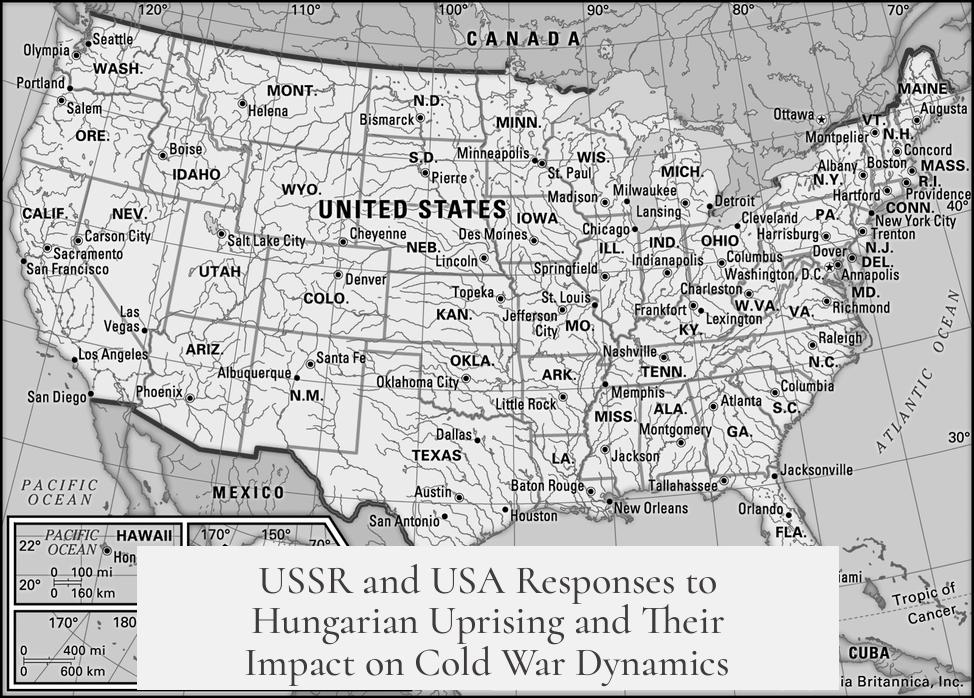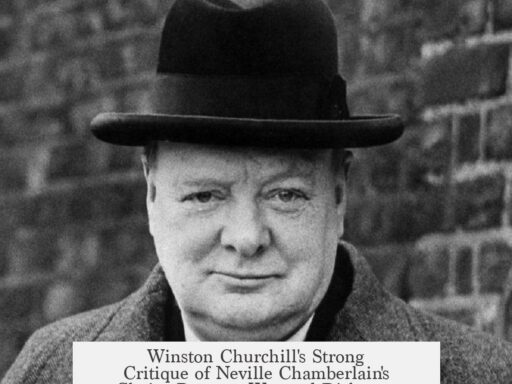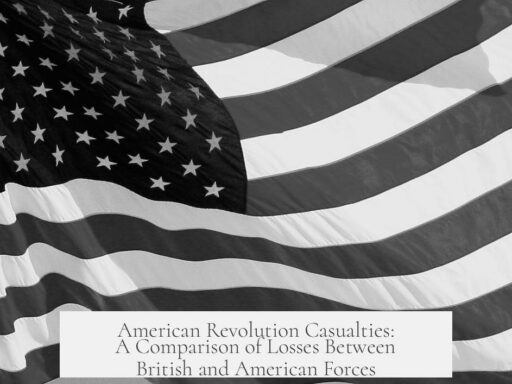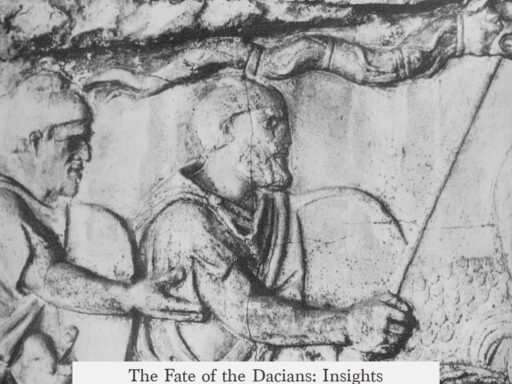The reactions of the USSR and the USA to the Hungarian Uprising of 1956 reinforced existing Cold War dynamics by consolidating Soviet control over Eastern Europe and underscoring American reluctance to challenge Soviet dominance within its sphere of influence. This response shaped the Cold War’s trajectory by affirming territorial boundaries, discouraging direct military confrontation, and influencing political alignments both in Eastern and Western Europe.
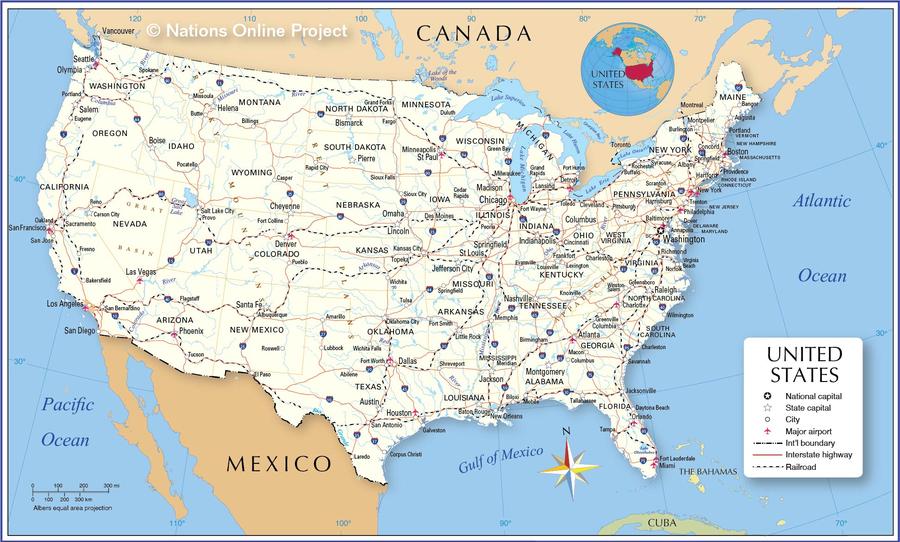
The American position was notably constrained by contemporaneous international events. The Hungarian Uprising emerged during the Suez Crisis, a moment when Britain, France, and Israel intervened militarily in Egypt following President Gamal Abdel Nasser’s nationalization of the Suez Canal. The United States faced a diplomatic dilemma, grappling with opposing Soviet intervention in Hungary while simultaneously opposing the Western European powers’ actions in Egypt. Supporting the British and French risked alienating the Arab world, a crucial geopolitical factor given Cold War interests in the Middle East.
Furthermore, by 1956, the United States and its Western allies generally accepted the principle that Hungary was well within the Soviet sphere of influence. This de facto recognition of geopolitical boundaries meant that Washington was reluctant to respond with force. Instead, the U.S. confined its response to propaganda and verbal condemnation, signaling that it was unwilling to risk global conflict over Hungary. This stance effectively acknowledged the limits of Western intervention and the division of Europe into competing superpower zones.
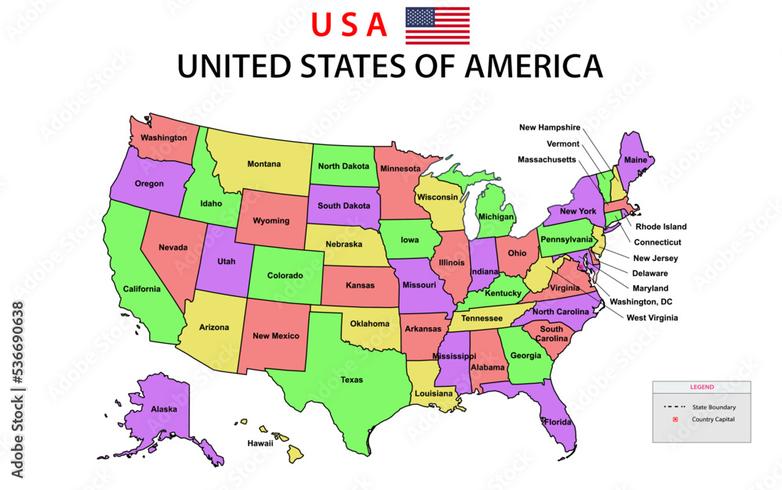
- The simultaneous Suez Crisis complicated the U.S. ability to respond decisively to Hungary.
- U.S. acceptance of Soviet control in Hungary prevented military intervention.
On the Soviet side, the leadership’s reaction was driven by fears about losing control over Eastern Europe and the risk that unrest could spread. Earlier that year, Soviet leader Nikita Khrushchev had made his “Secret Speech,” criticizing Stalin’s excesses and prompting political shifts. Hungary itself experienced leadership changes, with Imre Nagy advocating for neutrality and withdrawal from the Warsaw Pact.
The Soviets saw Nagy’s policies as a direct challenge. Khrushchev and his government feared that any sign of weakness would invite interference from Western powers and embolden other Eastern Bloc countries where signs of unrest were surfacing, including Romania and Czechoslovakia. This risk of a domino effect, or “contagion,” was perceived as a serious threat requiring a strong response. Soviet repression was swift and brutal, aimed at crushing the uprising and reasserting control decisively.
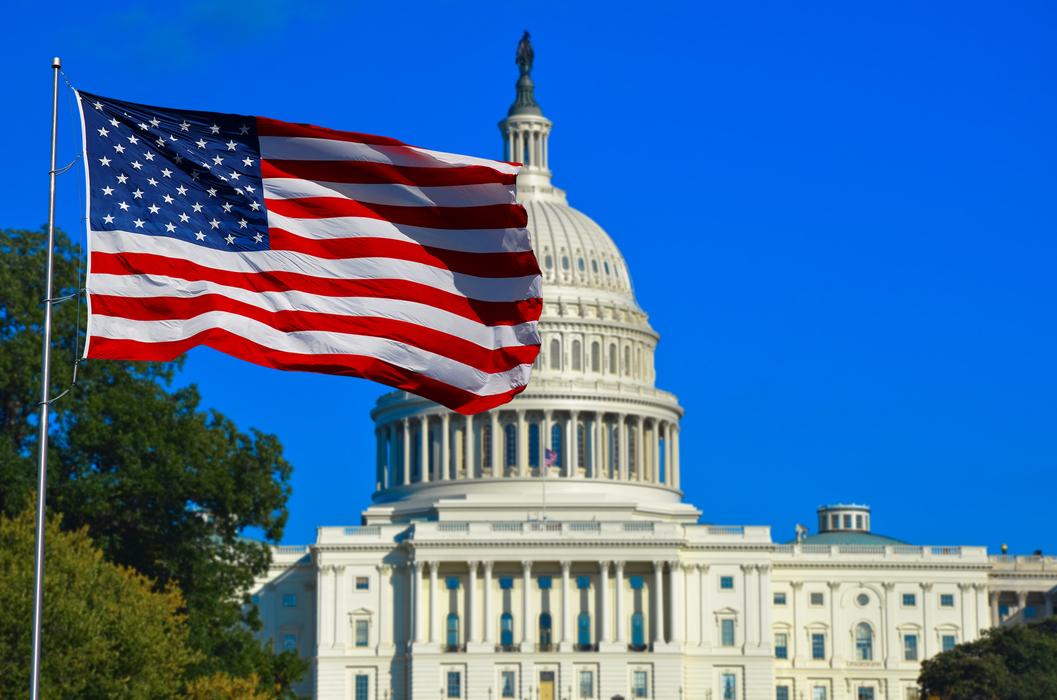
This suppression had broader implications beyond Hungary. Western European communist parties, previously loyal to Moscow, faced rapid membership losses and factional splits. For example, the French Communist Party fractured, and the Italian Communists distanced themselves from Soviet directives. Even intellectuals like Jean-Paul Sartre publicly criticized the USSR. This shift weakened Soviet influence in Western European leftist movements.
- The Soviet crackdown aimed to prevent upheaval from spreading across Eastern Europe.
- Western communist parties suffered declines and fractures after Soviet actions.
The Hungarian Uprising and its suppression confirmed the established status quo of the Cold War. It demonstrated that the USSR would use force to maintain control in its bloc. The United States and its allies accepted this reality without expanding the conflict. Consequently, while Hungary symbolized harsh Soviet dominance, it did not significantly escalate Cold War hostilities beyond existing tensions.
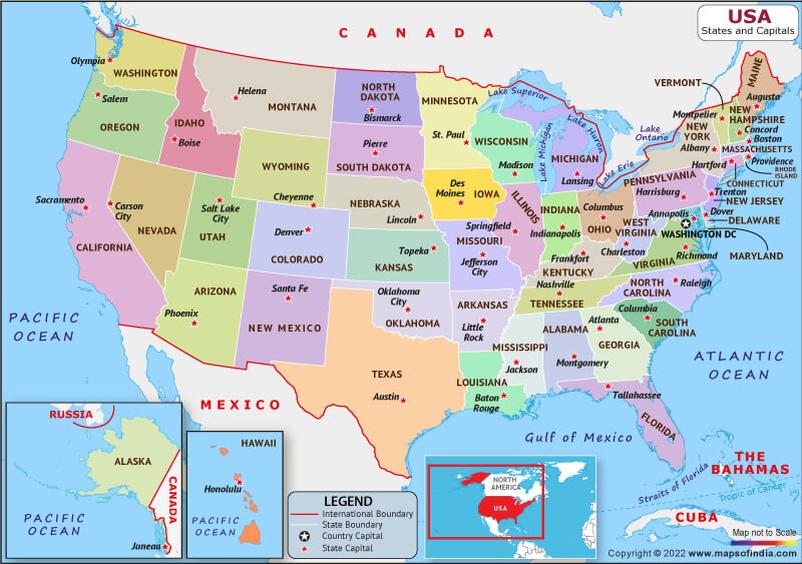
| Aspect | USSR Reaction | USA Reaction | Cold War Impact |
|---|---|---|---|
| Motivation | Prevent spread of revolt; maintain control in Eastern Europe | Avoid direct conflict; maintain geopolitical balance | Confirmed Soviet dominance; avoided wider war |
| Actions | Military intervention; crushed uprising | Propaganda, diplomatic condemnation only | Set precedent for spheres of influence |
| Consequences | Suppressed revolt; weakened Western communism | Did not intervene militarily; lost moral authority | Reinforced Cold War divisions; no escalation |
In sum, the Hungarian Uprising of 1956 served as a critical moment that highlighted the Cold War’s geopolitical realities. It confirmed that the Soviet Union firmly controlled Eastern Europe and that the United States was unwilling to intervene militarily in Soviet-occupied regions. The event weakened Soviet influence in the West’s communist parties while simultaneously affirming the status quo. These reactions shaped the Cold War’s development by locking in the division of Europe and emphasizing the limits of superpower confrontation during this period.
- The U.S. prioritized geopolitical balance and avoided direct military intervention.
- The USSR used force to maintain control and prevent spread of unrest.
- The Hungarian Uprising reinforced the East-West division without escalating the Cold War.
- Western communist parties declined after Soviet suppression damaged Soviet credibility.
- The Suez Crisis complicated Western responses and highlighted Cold War complexity.
How Did the Reactions of the USSR and the USA to the Hungarian Uprising (1956) Affect the Development of the Cold War?
The reactions of the USSR and the USA to the Hungarian Uprising of 1956 reinforced Cold War divisions, cemented spheres of influence, and altered global communist sympathies without drastically escalating direct confrontation. Let’s unpack how these two superpowers, each with very different agendas and constraints, responded in ways that shaped the Cold War’s trajectory.
The Hungarian Uprising erupted in October 1956 as a popular revolt against Soviet domination. Hungary, long in the Soviet sphere, sought to break free, causing ripples across the already tense East-West divide. How each superpower reacted tells us a lot about Cold War dynamics at the time.
The USA’s Tough Balancing Act: Sympathy vs. Strategy
The United States found itself in a tricky spot, juggling ideals with realpolitik. It wanted to support freedom and condemn Soviet oppression, but reality hit hard. The Hungarian crisis coincided with the dramatic Suez Crisis, when Britain and France, with Israeli backing, invaded Egypt after President Nasser nationalized the Suez Canal. This diplomatic mess complicated America’s position enormously.
Imagine trying to criticize the Soviets for crushing Hungarian rebels while simultaneously backing the British and French, both colonial powers intervening militarily in Egypt. It looks bad, right? The U.S. didn’t want to look hypocritical on the global stage or lose influence in the Arab world, a critical region during the Cold War.
- Could the U.S. really condemn Soviet actions yet support Western powers acting similarly? Not without risking its credibility.
- How could the U.S. alienate the Arab world by aligning with colonial powers while championing liberation in Hungary?
This dilemma forced the USA into a cautious stance. It publicly condemned the Soviet invasion but stopped short of military or direct intervention. Instead, the U.S., recognizing Hungary was firmly within the Soviet sphere of influence, confined its efforts mostly to propaganda and diplomatic protest.
In effect, Western powers acknowledged that Hungarian freedom was trumped by hard geopolitical realities. The risk of triggering a third world war by intervening militarily was too high.
The USSR’s Hardline Defense: Fear of Dominoes and Contagion
On the Soviet side, Moscow viewed the uprising as an existential threat. The Kremlin had just gone through internal shifts with Khrushchev’s denouncement of Stalinism earlier in the year and the removal of the oppressive Stalinist leader Matyas Rakosi in Hungary. Yet, when Hungary’s new leaders, like Imre Nagy, pushed for neutrality and leaving the Warsaw Pact, the Soviets froze.
Allowing Hungary to break free risked more than embarrassment—it could trigger a domino effect across Eastern Europe. The Kremlin dreaded losing control over countries like Romania and Czechoslovakia, where unrest was already bubbling.
- How could the USSR risk showing weakness while facing imperialist West ambitions?
- Would letting Hungary go inspire rebellions across the entire Eastern Bloc?
So, the Soviet Union chose forceful suppression. Tanks rolled into Budapest, quashing the uprising. This brutal response sent a clear message about Soviet resolve to maintain dominance over Eastern Europe. It reasserted control but at a great cost to global communist reputation.
Cold War Fallout: Changing Perceptions and Realities
The Soviet crackdown had ripple effects beyond Hungary’s borders. While the USA and its allies held back on military action, the brutal repression led to significant shifts in communist parties in Western Europe. Many members and intellectuals felt betrayed by Soviet cruelty.
For example:
- The French Communist Party fractured.
- The Italian Communist Party distanced itself from Moscow.
- British Communists suffered mass defections.
- Even influential French Marxist Jean-Paul Sartre openly criticized the USSR, signaling ideological cracks.
This decline reflected diminishing moral authority of Moscow’s brand of communism in the West. The idealistic image of a workers’ revolution took a huge hit.
Meanwhile, the U.S. reaction—mainly propaganda and diplomatic pressure—accepted the Cold War status quo. It confirmed to Washington that trying to challenge Soviet control in Eastern Europe was not worth fighting an all-out war. This tacit acceptance helped keep the Cold War’s boundaries intact but did not escalate direct superpower conflict.
So, did the Hungarian Uprising change anything in the grand Cold War scheme? It did—just not by reigniting massive East-West hostility. Instead, it underscored how rigid spheres of influence were and exposed the limitations of U.S. power in Soviet-dominated Eastern Europe.
What Can We Learn?
This episode highlights Cold War complexities. Both superpowers acted based on more than ideology—realpolitik, global image, alliance commitments, and risk of wider war influenced decisions.
- The USA’s careful diplomacy preserved its position but frustrated many freedom supporters worldwide.
- The USSR’s harsh response secured its Eastern Bloc control but alienated Western leftists, reducing Soviet soft power.
In the end, the Hungarian Uprising was a stark lesson: Cold War conflicts weren’t always about immediate military clash. They were often battles of influence, perception, and survival within a fragile, dangerous balance.
Final Thoughts
The 1956 Hungarian Uprising and how the USSR and USA reacted serve as a microcosm for Cold War dynamics. The USA’s reluctance to intervene militarily, owing to the Suez Crisis and fear of world war, solidified acceptance of Soviet control in Eastern Europe. Meanwhile, the USSR’s ruthless suppression halted any rebel momentum but damaged its global image and fractured Western communist support.
So next time you think about the Cold War’s big moves, remember—sometimes it’s not just guns and missiles but timing, political complications, and global perceptions that shape history.
Could a different response have changed the Cold War? That’s a tough “what if” to chew on, proving history is full of tough choices, unintended consequences, and lessons that echo through time.
How did the Suez Crisis influence the US response to the Hungarian Uprising?
The Suez Crisis diverted US attention and complicated its stance. Supporting Britain and France risked losing Arab support. This made the US cautious about condemning Soviet actions in Hungary openly.
Why did the US avoid direct intervention in Hungary?
The US recognized Hungary as part of the Soviet sphere. They feared that intervention could trigger a wider conflict. Instead, they chose propaganda and diplomatic condemnation without direct action.
What motivated the USSR to suppress the Hungarian Uprising so forcefully?
Soviet leaders feared losing control might inspire unrest across Eastern Europe. They wanted to prevent a contagion effect spreading to countries like Romania and Czechoslovakia.
How did Soviet actions in Hungary affect Communist parties in Western Europe?
Many Western Communist parties lost members after the Soviet crackdown. Parties in France, Italy, and Britain fractured or declined as people questioned Soviet leadership.
Did the Hungarian Uprising change the course of the Cold War?
The uprising confirmed the Soviet grip on Eastern Europe but did not escalate the Cold War significantly. It reinforced the US view that the USSR had a firm zone of influence in the region.
